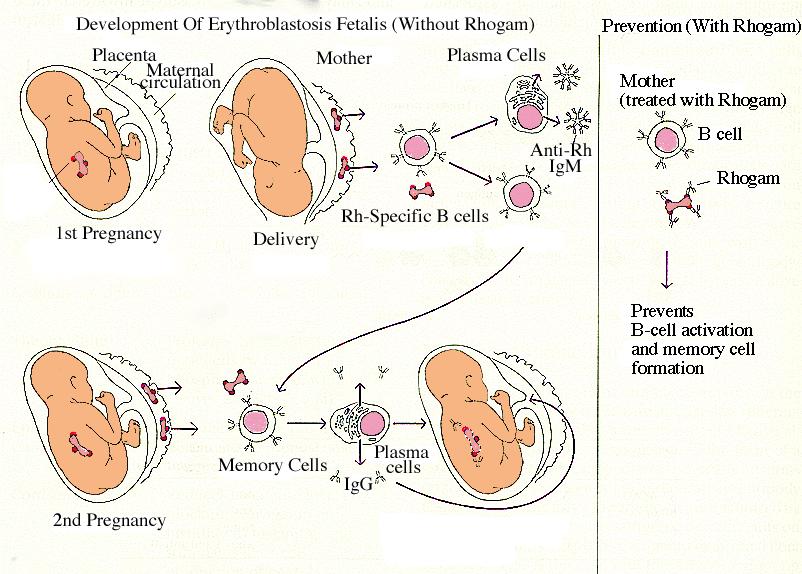How to help an autistic child with anger
A guide for parents and carers
Autistic people have a lot to contend with. The difficulties they experience in everyday life – due, for example, to communication and sensory differences - may lead to feelings of frustration and anger.
This guide gives some practical ways in which you can help, including preventing and managing anger and helping your child to manage their feelings.
Communicate clearly
Some autistic people can experience difficulties making themselves understood, understanding what's being said to them, and understanding facial expressions and body language. This can cause considerable frustration and anxiety which may result in anger or distressed behaviour.
Speak clearly and precisely using short sentences. By limiting your communication, the person is less likely to feel overloaded by information and more likely to be able to process what you say.
Autistic people often find it easier to process visual information. Support the person to communicate their wants, needs and physical pain or discomfort, eg by using visual stress scales, PECS (Picture Exchange Communication System), pictures of body parts, symbols for symptoms, or pain scales, pain charts or apps.
Give more time to process information. Use the six second rule (give the information, wait approximately six seconds to allow processing time, then if necessary, repeat the information using the same words).
Provide structure
Creating structure for your child can help reduce anxiety and angry reactions:
- Make sure your child knows what is going to happen daily.

- Use visual supports and timetables.
- Build in relaxing activities.
- Give your child time alone to recharge.
Help to identify emotions
Many autistic people find it difficult to understand abstract concepts such as emotions, but there are ways to turn emotions into more 'concrete' concepts, eg by using stress scales. You can use a traffic light system, visual thermometer, or a scale of 1-5 to present emotions as colours or numbers. For example, a green traffic light or a number 1 can mean 'I am calm'; a red traffic light or number 5, 'I am angry'.
You could help the person to understand what 'angry' means. One way to do this is to refer to physical changes in the body. For example, 'When I'm angry, my tummy hurts/my face gets red/I want to cry'. Once the extremes of angry and calm are better understood, you can start addressing the emotions in between.
One way to do this is to refer to physical changes in the body. For example, 'When I'm angry, my tummy hurts/my face gets red/I want to cry'. Once the extremes of angry and calm are better understood, you can start addressing the emotions in between.
If the person can identify that they're getting angry, they can try to do something to calm themselves down, can remove themselves from a situation, or other people can see what is happening and take action.
For children and some adults social stories can be a useful way of explaining how to manage anger. Adults can also use the Brain in Hand digital self-management support system.
Offer a safe space or 'time out'
A safe space, or time out, can be a way to calm down, especially if environmental factors, such as flickering lights, are causing distress.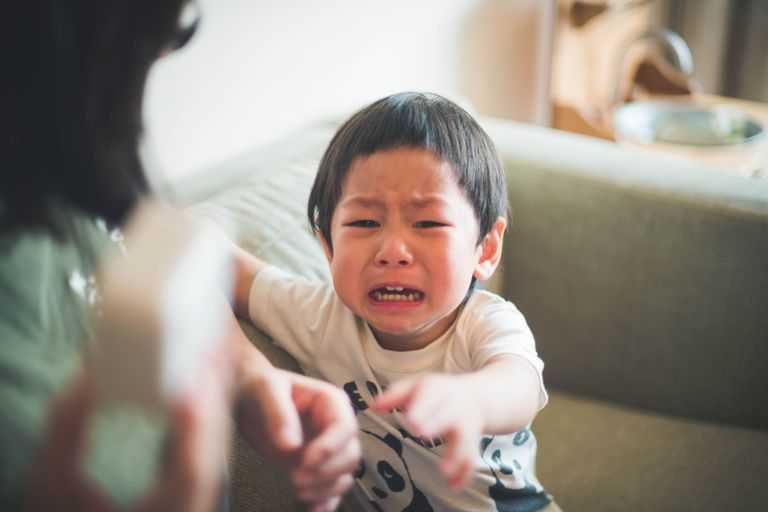 This could be in a familiar place, like their bedroom, or doing a calming activity.
This could be in a familiar place, like their bedroom, or doing a calming activity.
Offer an alternative
Anger can often be diffused by an activity that releases energy or pent-up anxiety. This might be punching a punch bag, bouncing on a trampoline or running around the garden.
Find out if the person is being bullied
Autistic people are at more risk of being bullied than their peers. Some will have difficulty recognising what bullying is, and may not be able to describe what has happened. The feelings created by being bullied may lead to anger or distressed behaviour.
Read more about bullying and what you can do to help.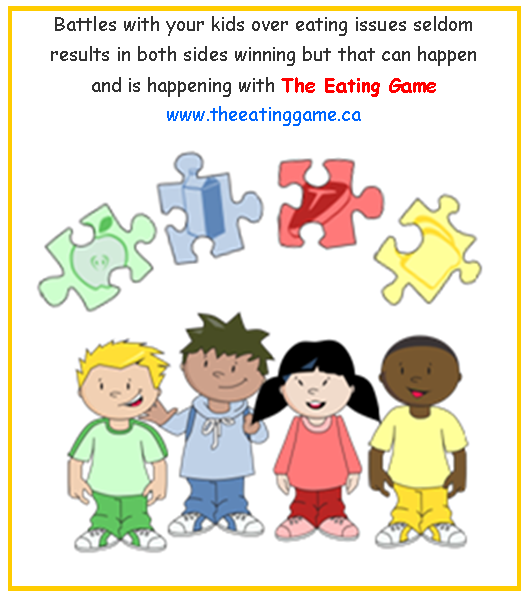
Useful resources
- Autism: understanding and managing anger by Andrew Powell
Autism and Anger - Hidden Talents ABA
Scott Rustulka
Scott, a native of Canada, joined the Hidden Talents team at the onset of 2021, moving his family of 6 from San Diego to the great state of Georgia. He began his journey in behavior analytics in 2001 at a time when autism programs had very little oversight by credentialled clinicians. The onset of that journey was wrought with disappointment in a system that seemed to do very little lasting good for the long-term growth of the individuals within that system.
Over the years, Scott determined to ensure that dignity and respect was afforded to the children he had the privilege of working, while devoting a lot of energy into understanding how the development of a child is the key focus to treatment and not reactive behavior modification.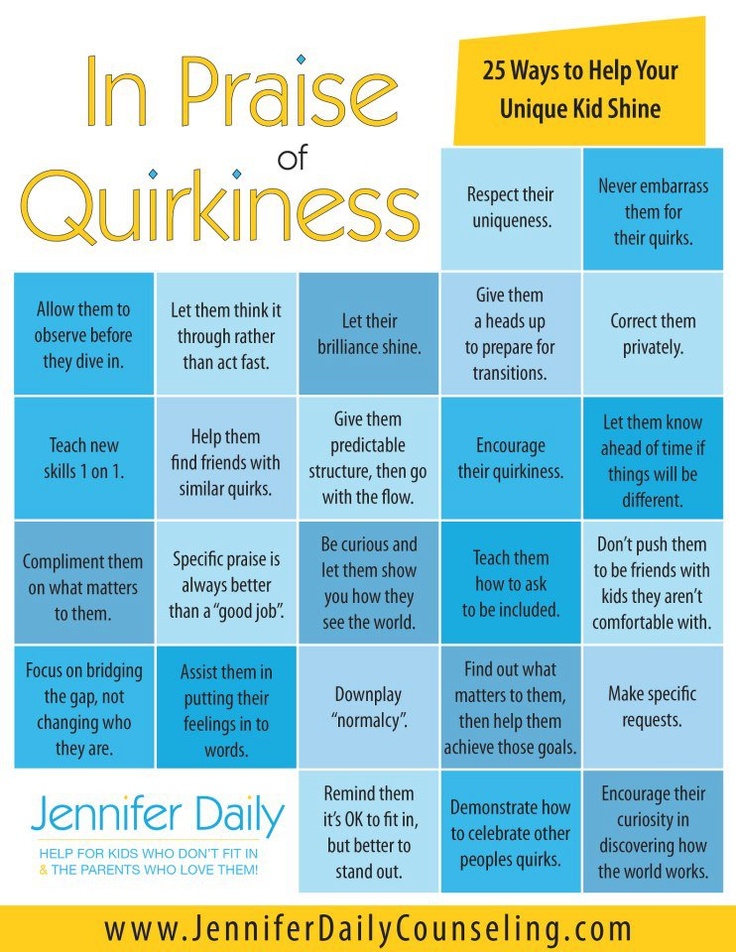 Truly listening to the child and the family and finding ways to make behavior change fun and engaging continues to be his passion. Over the last 20 years, Scott still relishes every opportunity to visit families and have the honor of being a part of their lives.
Truly listening to the child and the family and finding ways to make behavior change fun and engaging continues to be his passion. Over the last 20 years, Scott still relishes every opportunity to visit families and have the honor of being a part of their lives.
Maureen O'Brien
Maureen joined the Hidden Talents ABA Team in 2020 and has over 15+ years’ of Office Management and Administrative experience. Maureen is that friendly voice that will most likely greet you when you call into the office with a positive attitude and ready to assist with the screening and the ABA authorization process. Maureen said “the best part of my job is working with a phenomenal team and helping as many families as possible.
Olivia Steele
Olivia’s goal is to act as the bridge between our Registered Behavior Therapists and the families that they serve. She has always gravitated towards opportunities that harbor a personal client connection, with a mission statement to always help others. Olivia is passionate about fitness and wellness, spending the last decade as a part time fitness instructor. She most enjoys yoga and Pilates, disciplines that have both physical and meditative benefits. In her free time, she likes crafting and is an amateur woodworker. She is also a big animal lover; she owns a cat and 13 tarantulas.
Olivia is passionate about fitness and wellness, spending the last decade as a part time fitness instructor. She most enjoys yoga and Pilates, disciplines that have both physical and meditative benefits. In her free time, she likes crafting and is an amateur woodworker. She is also a big animal lover; she owns a cat and 13 tarantulas.
Arye Hartal
Arye is a Licenced Behavior Analyst and a former airline pilot. His areas of interest include verbal behavior (VBT) and Acceptance and Commitment Therapy (ACT). Improving the quality of life for children with Autism Spectrum Disorder and their families is of great importance to him. Over the course of his career, he has become highly qualified in implementing many ABA techniques including PRT, FCT, ESDM, DTT and NET.
Arye has experience working in the school, community, and home-based settings. His patience, compassion, and knowledge of ABA contributes greatly to the success of the children that he works with. His interests outside of work include volunteering for I Can Bike (teaching kids with disabilities how to ride a bicycle), traveling, spending time with friends and family, playing hockey, and reading.
Joanna Young
Joanna is a graduate of Ball State University and became a licensed, board-certified behavior analyst (BCBA) in 2016. She has worked in this field since 2014 in a variety of settings ranging from in-center, in-home, and currently telehealth. Joanna was introduced to the world of behavior analysis as an undergraduate trying to fulfill her degree requirements, which landed her an internship working as an in-home behavior technician. She quickly realized how effective early intervention ABA therapy was and enjoyed seeing her clients gain new skills as they became more independent.
Joanna particularly loves working with children under 3, especially now that she has her own 6-month-old daughter! She is passionate about ensuring ABA strategies and techniques translate well into the home setting and parents feel empowered to help shape their child's life. Joanna joined the Hidden Talents team in March 2021 as a clinical supervisor and works remotely from Houston, TX.
Elissa Watson
Elissa is a Board Certified Behavior Analyst from Greenville, South Carolina. She has a Masters in Science for Psychology with an emphasis in Applied Behavior Analysis and has been working in the field of ABA for 9 years. She has had experience as both an RBT and BCBA in the home, clinical, community, school and telehealth-based environments with a wide range of clients and ages. Elissa, as a part of the Hidden Talents team has broadened her experience to make ABA more accessible to all. When not working, Elissa enjoys spending time with her husband and pets, traveling, and playing music.
Matthew Grennell
Matthew received his Masters of Science in Applied Behavior Analysis in May of 2009 from Florida Institute of Technology. Over the course of his career, Matthew has worked in Florida, Texas and New York, serving both children and adults in both in-home as well as clinic-based settings. The majority of Matthew’s work in Applied Behavior Analysis has been in the in-home setting.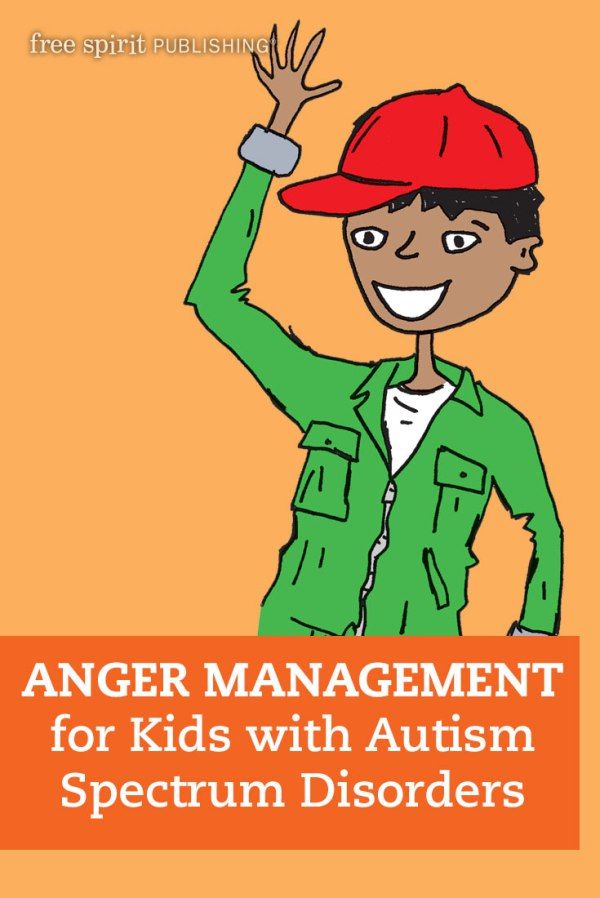 Matthew has also consulted with schools and worked as part of multi-disciplinary teams as well as concurrently teaching certification courses for Florida Institute of Technology’s Applied Behavior Analysis program for four years.
Matthew has also consulted with schools and worked as part of multi-disciplinary teams as well as concurrently teaching certification courses for Florida Institute of Technology’s Applied Behavior Analysis program for four years.
Through teaching Matthew was able to not only ensure quality of services provided by himself but also work to ensure that high quality of services could be provided by other Behavior Analysts and service providers. Matthew is very familiar and experienced in working with families to ensure that behavioral progress for every child is maintained in the home through extensive involvement of parents in the process. Matthew has worked primarily with parents and families in all three states he has worked in and has experience with collaborating successfully with all professionals involved in a child’s care.
Matthew believes strongly that a child’s success is best achieved through building skills that maximize success in all areas of their life as a comprehensive approach.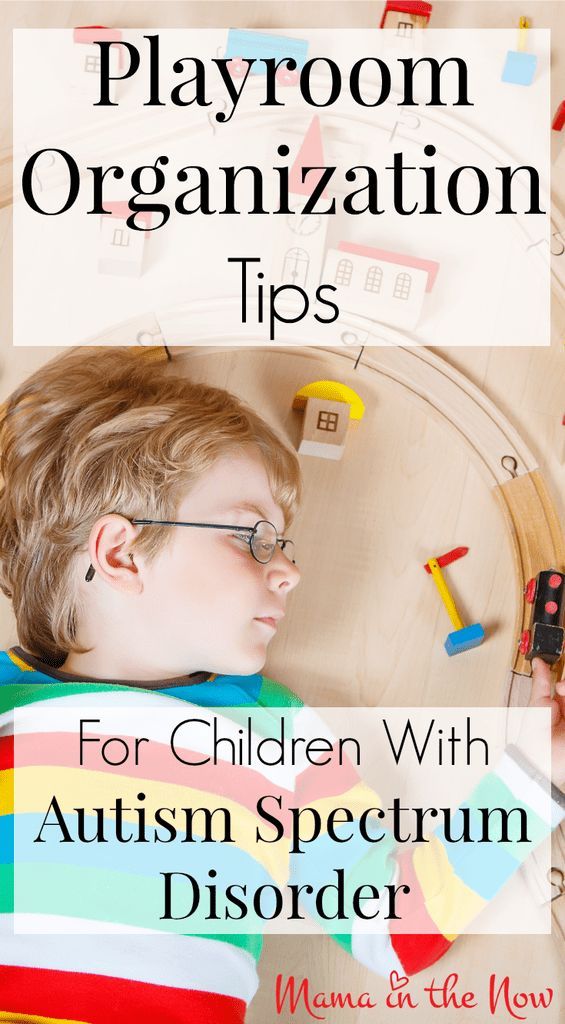 Matthew believes that, through this approach, not only does the child benefit directly from improvements in their skill level but the family benefits as well.
Matthew believes that, through this approach, not only does the child benefit directly from improvements in their skill level but the family benefits as well.
Sharifah Christie
Born in Kingston, Jamaica, Sharifah moved to America when she was 8 years old. She knew from a young age that she wanted to have a career focused on helping children. In college for her undergraduate program, she studied Speech Pathology at the University of West Georgia. In the later part of the program, she was exposed to the principles of Applied Behavior Analysis and decided to make a switch, eventually graduating with a masters in ABA with an emphasis in Autism at Ball State University. Her fascination with the field deepened as she continued to work as a Behavioral Therapist for over two years.
Desiring to develop in other roles and responsibilities within this field, Sharifah is now managing the administrative aspects of the clinical hiring and training at Hidden Talents and enjoying every moment of it! Sharifah has always said that the most favorite part about her career so far has been the privilege of seeing the progress the kiddos have made overtime and making a difference in their lives while creating a fun learning experience for each of them.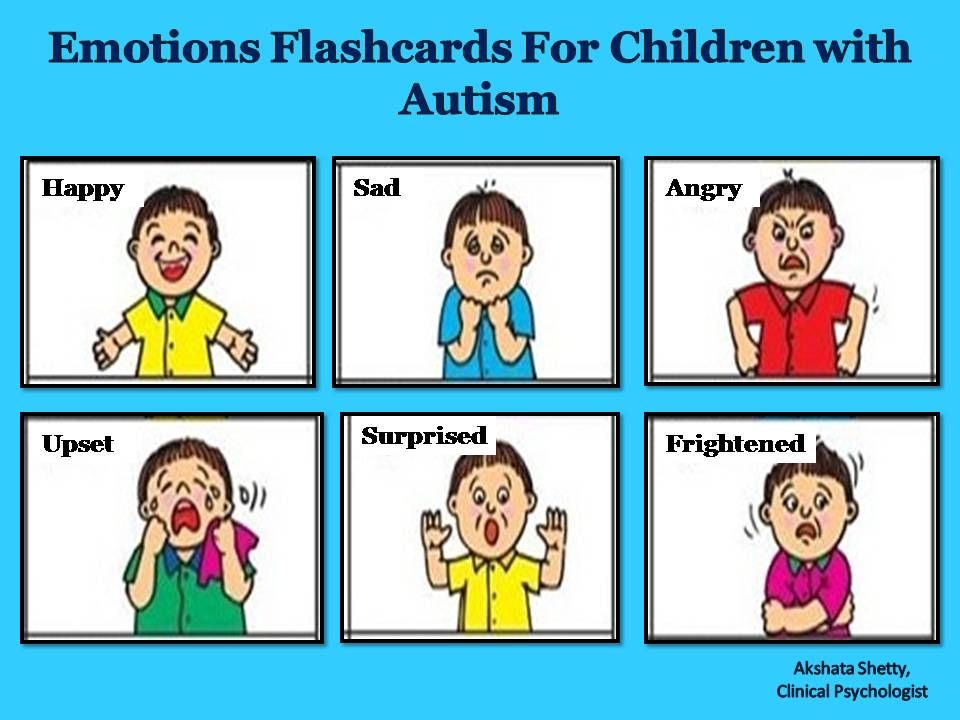
Kimberly Culbreth
Kimberly is a Board Certified Behavior Analyst from South Carolina with more than 10+ years in the ABA field. Kimberly completed her undergrad at Clemson University, and she graduated from Capella University with a Masters of Science in Psychology with an emphasis in Applied Behavior Analysis in 2018. Kimberly is very passionate about working with children with disabilities and helping them succeed. She consistently goes above and beyond for all of her clients.
Kimberly has experience working with children in the home, clinic, community, and telehealth-based settings. She recently started at Hidden Talents to help broaden her experiences with working with children with disabilities. Outside of work Kimberly enjoys spending time with her 3-year-old daughter, traveling, and cooking.
Bisirat Haile
Bisirat Haile is a passionate Board-Certified Behavior Analyst serving her community for over 10 years. Bisirat Has a 10-year track record of working collaboratively with families and RBTs to create lasting change for children with ASD. Bisirat is a telehealth BCBA for Hidden talents. Listening to the priorities of families and earning their trust is extremely important to Bisirat. Bisirat joined the Hidden Talents team as the company shares her commitment to learning and listening to families to provide them support. Bisirat is excited to potentially work with you and provide you support.
Bisirat is a telehealth BCBA for Hidden talents. Listening to the priorities of families and earning their trust is extremely important to Bisirat. Bisirat joined the Hidden Talents team as the company shares her commitment to learning and listening to families to provide them support. Bisirat is excited to potentially work with you and provide you support.
Lindsay Campbell
Lindsay Campbell is a Board Certified Behavior Analyst and Advanced Certified Autism Specialist. She is a future clinical neuropsychologist who is passionate in diagnosing, assessment and creating individualized treatment plans to address each child’s area of need. Lindsay has worked in a variety of settings including forensic, school, home, hospital, and telehealth settings. Lindsay received her dual bachelor’s degrees in Psychology and Criminal Justice from California State University, and her Master of Science in Applied Behavior Analysis from National University. After receiving her BCBA, Lindsay went back to complete her Doctorate in Clinical Neuropsychology from California Southern University and will be graduating in 2021 with the highest honors.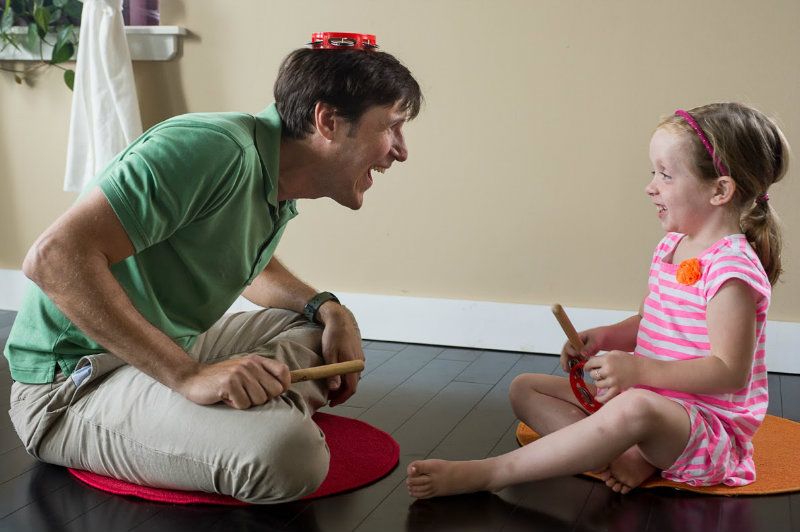
Her ultimate goal is to bridge the gap between diagnostic evaluation and treatment with ABA to allow timely access to ABA services. Lindsay believes the most important letters after her name are 'MOM' as she is the mother of an atypical child. She brings a professional and personal perspective to teaching and raising a child with atypical learning skills to build relationships and further support parents. Integrating ABA techniques and evidence-based practices, she believes we can make significant changes to increase skills of children and their family.
How to help your child cope with anger
In my work as a school counselor, I most often encounter a tendency to increase aggression and anger in almost all children. Whether we dare to admit it or not, the constant pressure to depict violence on television, in video games, on the Internet, in films, in music, and in our newspapers, is harming our children. As a result, too many children become insensitive to violence and begin to believe that anger is the only way to solve problems.
Although this may be considered bad news, there is good news: you can learn not only violence, but also calmness! Here are six secrets that will help your child learn a calmer, more constructive way to express their anger. These ideas have been presented in my consultations to hundreds of parents, and the response has been positive: they are simple methods, and if applied consistently, they will work. Teaching our children these techniques is the best way to prevent the aggressive behavior that so many children suffer from today. Here are six ideas to get you started.
1. Be calm. The best way to teach your child how to deal constructively with anger is to show him your own example. After all, you yourself learned to calm down, not by reading about it in a book, but by seeing how others do it. So use this annoying experience as "lessons in place" to teach your child to calm down.
For example, let's say your auto repair shop calls you and tells you that the cost of repairing your car will double.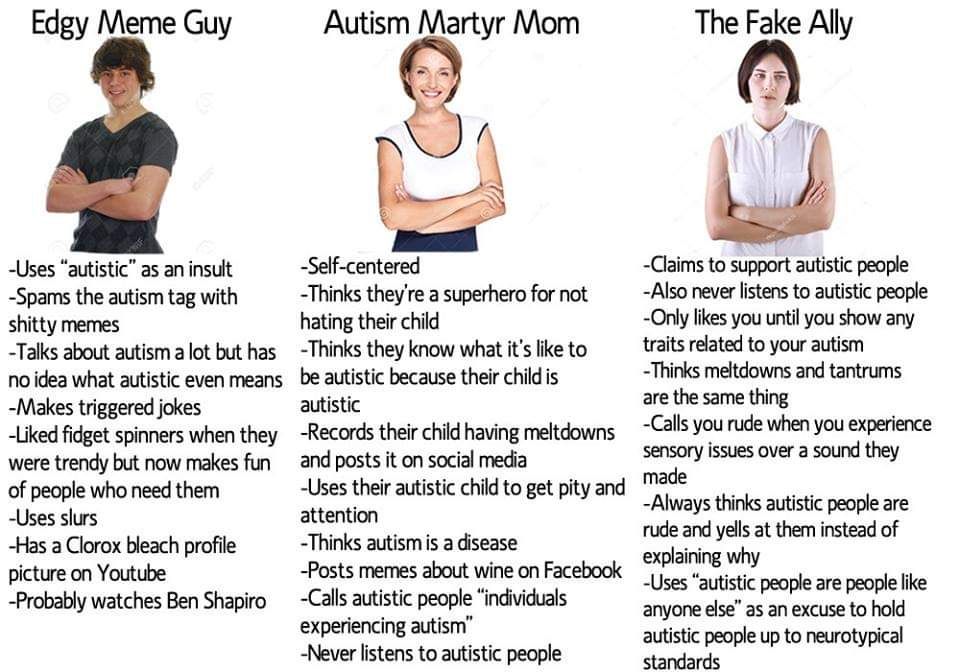 You are annoyed by this message, but your child is standing nearby, who is watching you carefully. Gather as much calmness as you can and use this situation as an object lesson in anger management: "I'm so angry right now," you say calmly to your child. "The body shop just doubled the cost of fixing my car." And after that, a calming solution is offered: "We need to take a walk in order to recover." It is your example that the child will copy.
You are annoyed by this message, but your child is standing nearby, who is watching you carefully. Gather as much calmness as you can and use this situation as an object lesson in anger management: "I'm so angry right now," you say calmly to your child. "The body shop just doubled the cost of fixing my car." And after that, a calming solution is offered: "We need to take a walk in order to recover." It is your example that the child will copy.
2. Get out and calm down. One of the most difficult aspects of parenting has to do with children directing their anger at you. If you're not careful, you'll find that their anger will fuel your emotions that you didn't know you had. Be careful: anger is contagious. It is best to establish a rule in your house from the very beginning: "In this house we solve problems when we are calm and in control." And then steadily follow this rule.
Here is an example of how you can use this. The next time your child gets angry and demands a quick solution, you can say, "I need a break.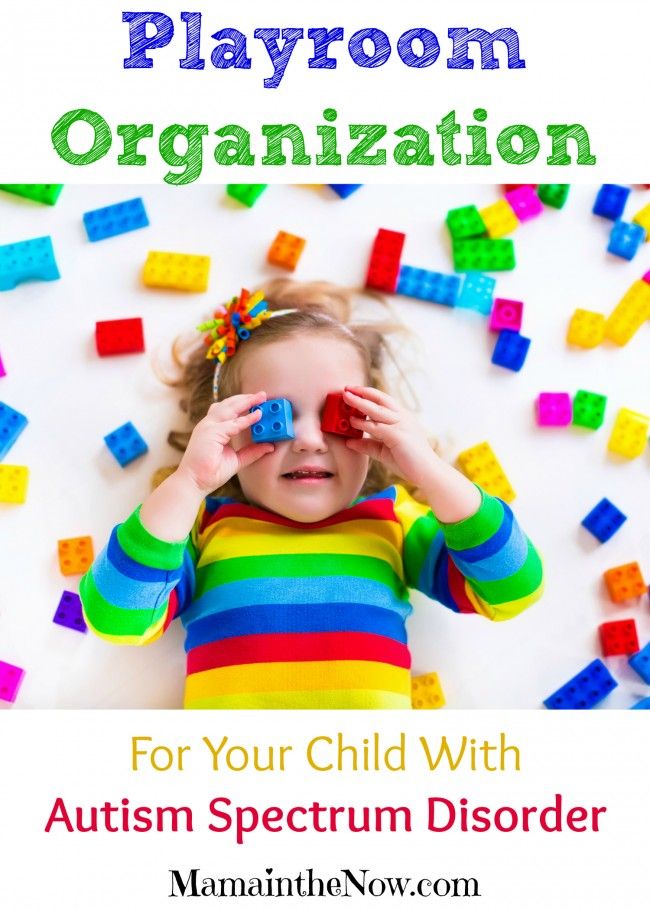 Let's talk about this later," and then calmly walk out without responding to the child's reaction. A mother came to me for counseling and told me that the only way for her to leave was to lock herself in the closet. The child continued to scream and kick the door, but she did not come out until he calmed down. It took several times to apply this approach, so that it dawned on the child that she was talking seriously. From that moment on, the child understood that his mother would discuss the problem with him only when he was calm and able to keep his feelings under control.
Let's talk about this later," and then calmly walk out without responding to the child's reaction. A mother came to me for counseling and told me that the only way for her to leave was to lock herself in the closet. The child continued to scream and kick the door, but she did not come out until he calmed down. It took several times to apply this approach, so that it dawned on the child that she was talking seriously. From that moment on, the child understood that his mother would discuss the problem with him only when he was calm and able to keep his feelings under control.
3. Build a vocabulary of words that describe feelings. Many children show anger only because they simply do not know how to express their irritation in another way. Kicking, screaming, swearing, hitting or throwing things may be the only way they know how to express their feelings. It is pointless to ask a child, "Tell me how you feel right now?", as he may not know the right words to describe his feelings. To help him verbally express his anger, create a list of words that describe feelings by asking him, "Let's think of all the words we can use to tell the other person we're really angry," and write down his ideas.
To help him verbally express his anger, create a list of words that describe feelings by asking him, "Let's think of all the words we can use to tell the other person we're really angry," and write down his ideas.
For example, you could use words such as "anger", "fierce", "irritation", "fury", "discontent", "rage". Write them down on a card, hang it on the wall, and try to use them. When your child gets angry, use these words so he can apply them in real life. "Looks like you're really angry. Do you want to talk about it?" Or "You look annoyed. Would you like to tell me what happened?" Keep adding new emotion words to this list each time such a new word appears in these "learning moments" throughout the day.
4. Make a calming poster. There are dozens of ways to help kids calm down when they get irritated. Unfortunately, many children are not given the opportunity to think about these possibilities. That is why they have problems. After all, the only behavior they know is the wrong way to express their own displeasure.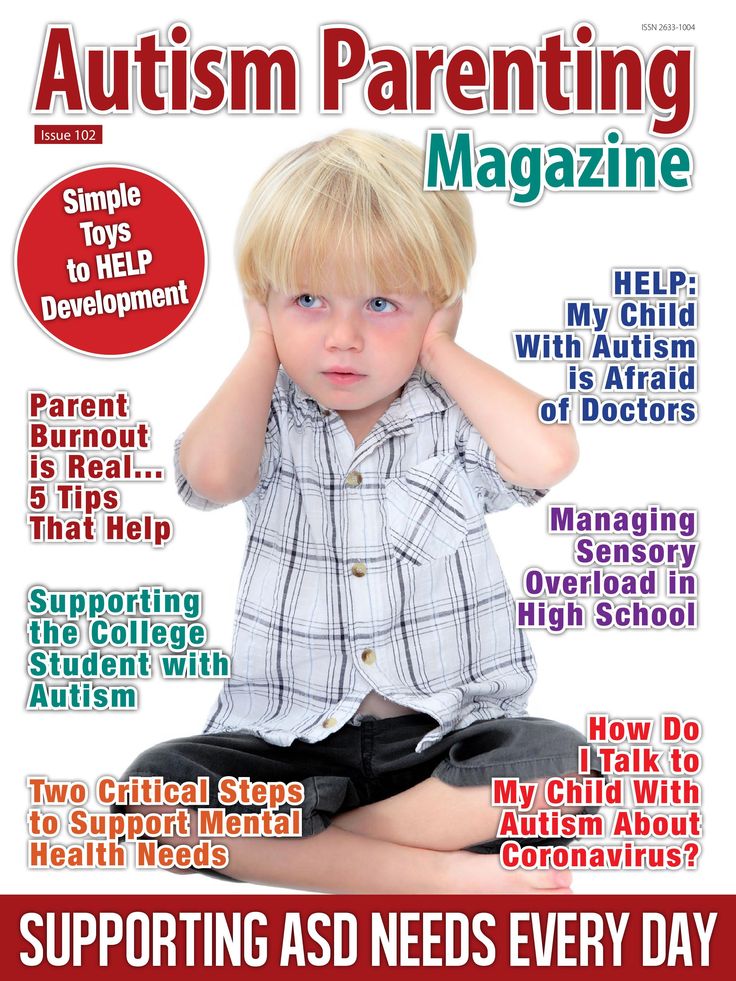 Therefore, talk to your child about more acceptable "substitutes" for this behavior. You can make a great poster by listing them on it. Here are a few ideas fourth graders thought of: go away, think of a calming place, listen to music, hit a pillow, draw, talk to someone, sing a song. After the child chooses the "calming" method, encourage him to use the same strategy every time he gets angry.
Therefore, talk to your child about more acceptable "substitutes" for this behavior. You can make a great poster by listing them on it. Here are a few ideas fourth graders thought of: go away, think of a calming place, listen to music, hit a pillow, draw, talk to someone, sing a song. After the child chooses the "calming" method, encourage him to use the same strategy every time he gets angry.
5. Identify signs of early detection of anger. Explain to your child that we all have signals in our bodies that warn us when we get angry. We need to listen to these signals, as they keep us out of trouble. Then, help your child recognize what specific warning signals are telling them that they are getting angry. For example, "I speak louder, my cheeks start to burn, I clench my fists, my heart beats faster, my lips dry, I breathe faster." Once your child is aware of these signals, point them out at the first sign of irritation. "Look, it looks like you're starting to lose control," or "Your fists are clenched.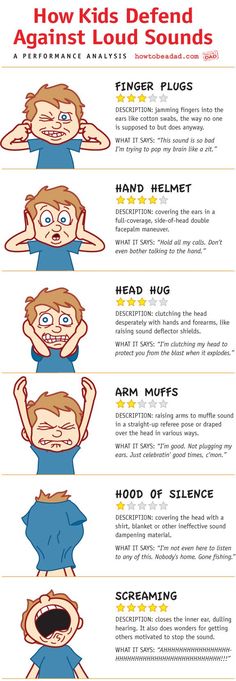 Don't you think you're starting to get angry?" The more we help children learn to recognize these early signs of impending anger, the better they will be able to calm themselves. The appearance of the first signals is the time when the anger management strategy is most effective. Anger develops very quickly, and if you wait for the child to "melt", then it is too late to try to calm him down later.
Don't you think you're starting to get angry?" The more we help children learn to recognize these early signs of impending anger, the better they will be able to calm themselves. The appearance of the first signals is the time when the anger management strategy is most effective. Anger develops very quickly, and if you wait for the child to "melt", then it is too late to try to calm him down later.
6. Teach your child anger management strategies. A very effective strategy for helping a child calm down is called "3 + 10". You can even write this formula on large sheets of paper and hang them around your house. Then explain to the child how to use this formula. "As soon as you feel like your body is sending you a warning signal that you're starting to lose control, do two things. First, take three deep, slow breaths into your belly. That's a 3. Then count to ten silently. It'll be 10. Together, it's 3+10 and it will help you calm down." It is necessary at the same time to show the child how to take deep and slow breaths.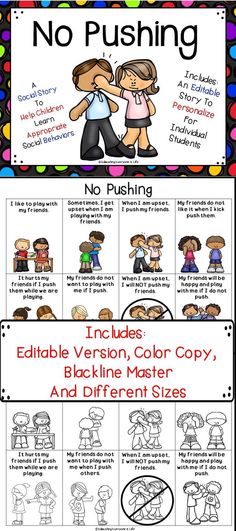
Teaching children how to deal successfully with their anger is not an easy task, especially if they have previously used only aggressive display of their own irritation. Experts say that learning a new behavior requires at least 21 days of repetition. Based on this, I can recommend the following. Choose one technique that should be most successful for your child and use it every day for 21 days. Your child is much more likely to actually learn a new technique as they try to use it over and over again, which is how we learn new experiences. It is also the best way to deal with violence and help our children live more successful, peaceful lives.
-----------------
author: Michele Borba
source: "Parents"
Anger management for children | PSYCHOLOGIES
For ParentsAntistress
When a child "turns up the volume" at home, parents usually send the child to a secluded place to calm down.
However, this is how adults convey non-verbal messages:
- “No one cares why you cry.
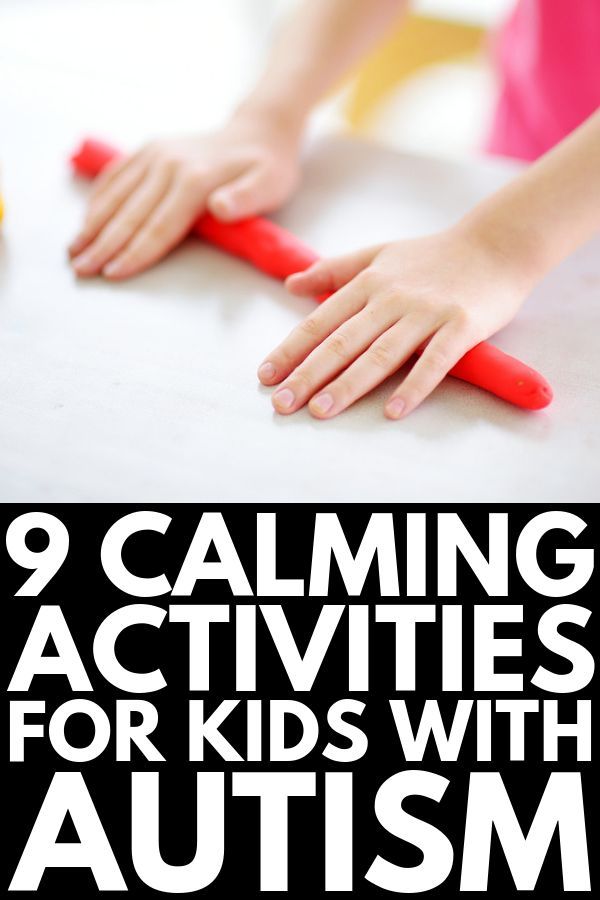 We don't care about your problems and we won't help you deal with them."
We don't care about your problems and we won't help you deal with them." - “Angry is bad. You are a bad person if you get angry and behave differently from what others expect.”
- “Your anger scares us. We don't know how to help you deal with your feelings."
- "When you're angry, the best way to deal with it is to pretend it's not there."
We were brought up in the same way, and we do not know how to manage anger - we were not taught this in childhood, and now we yell at children, throw a tantrum to our spouse, or simply seize our anger with chocolate and cakes or drink alcohol.
Anger management
Let's help children manage and manage their anger responsibly. To do this, you need to teach them to accept their anger and not splash it out on others. When we accept this feeling, we find resentment, fear and sadness underneath it. If you allow yourself to experience them, then the anger goes away, because it is only a means of reactive defense.
If a child learns to endure the difficulties of daily life without reactive anger, in adult life he will be more effective in negotiating and achieving goals. Those who know how to manage their emotions are called emotionally literate.
A child's emotional literacy is formed when we teach him that all the feelings he experiences are normal, but his behavior is already a matter of choice.
An angry child. What to do?
How to cultivate in a child the ability to correctly express emotions? Instead of punishing him when he gets angry and naughty, change your behavior.
1. Try to prevent the fight-or-flight response.
Take two deep breaths and remind yourself that nothing terrible has happened. If the child sees that you are reacting calmly, he will gradually learn to deal with anger without triggering the stress response.
2. Listen to your child. Understand what upset him
All people worry about not being heard. And children are no exception.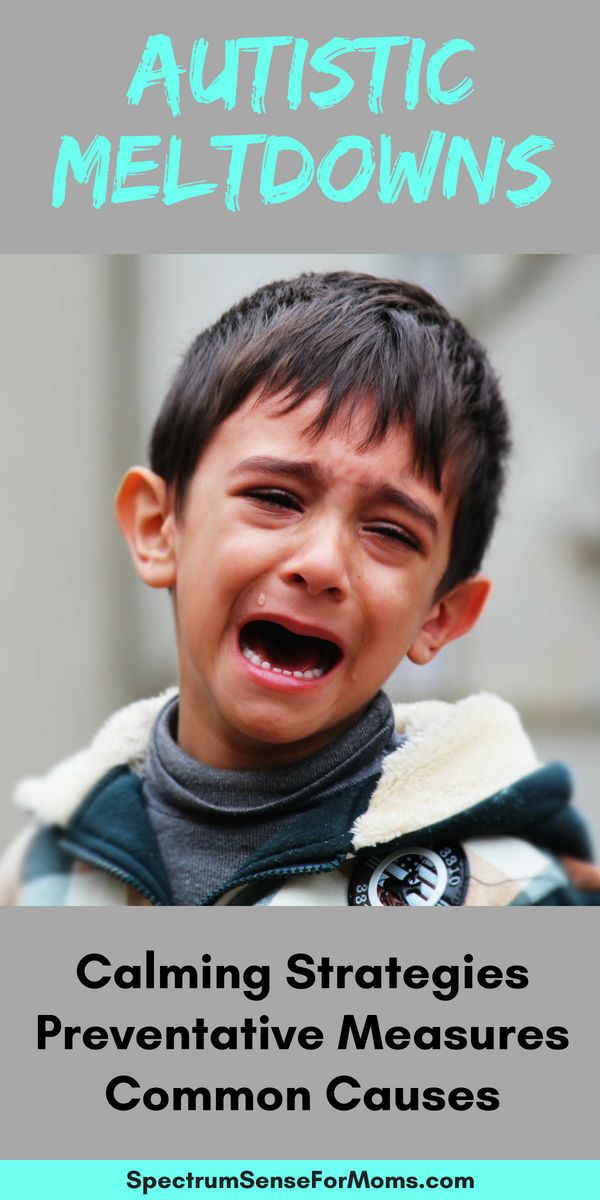 If the child feels that they are trying to understand him, he calms down.
If the child feels that they are trying to understand him, he calms down.
3. Try to look at the situation through the eyes of a child
If the child feels that you support and understand him, he is more likely to "unearth" the causes of anger in himself. You don't have to agree or disagree. Show your child that you care about his feelings: “My dear, I'm so sorry that you think I don't understand you. You must be feeling so alone."
4. Don't take personally what he says out loud
It hurts parents to hear reproaches, insults and categorical statements addressed to them. Paradoxically, the child does not mean at all what he shouts in anger.
The daughter does not need a new mother and she does not hate you. She is offended, frightened and feels her own impotence. And she screams hurtful words so that you understand how bad she is. Tell her, “You must be very upset if you say this to me. Tell me what happened. I am listening to you carefully."
When a girl understands that she doesn't have to raise her voice and say hurtful phrases to be heard, she will learn to express her feelings in a more civilized way.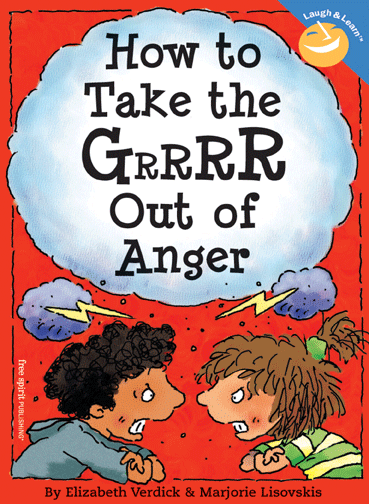
5. Set boundaries that must not be crossed
Stop the physical manifestations of anger. Firmly and calmly tell your child that harming others is unacceptable: “You are very angry. But you can’t beat people, no matter how angry and upset you are. You can stomp your feet to show how angry you are, but you can't fight."
6. Do not try to have educational conversations with your child
Did your son get a bad mark in physics and now he is screaming that he will leave school and leave home? Say that you understand his feelings: “You are so upset. I'm so sorry you're having a hard time at school."
7. Remind yourself that angry outbursts are a natural way for a child to let off steam.
Children have not yet fully formed neural connections in the frontal cortex, which is responsible for controlling emotions. Even adults can't always manage anger. The best way to help your child develop neural connections is to show empathy. If a child feels supported, he feels trust and closeness to his parents.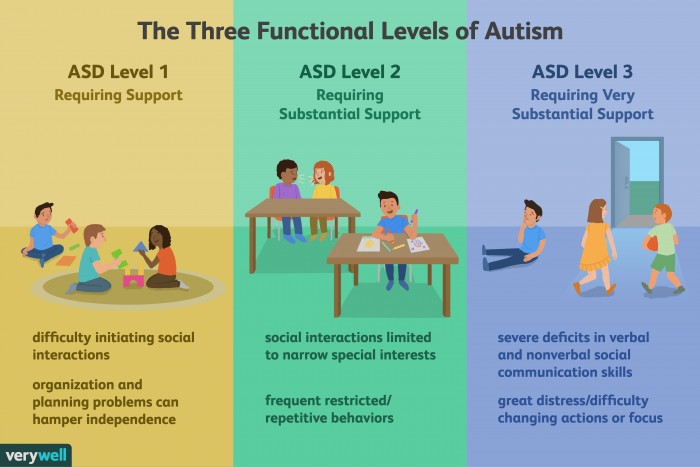
8. Remember that anger is a defensive reaction.
Anger arises as a response to a threat. Sometimes this threat is external, but most often it is inside a person. Once we suppressed and drove inside fear, sadness or resentment, and from time to time something happens that awakens former feelings. And we turn on fight mode to suppress those feelings again.
When a child is upset about something, the problem may lie in unspoken fears and unshed tears.
9. Help your child deal with anger
If the child expresses his anger and you treat him with compassion and understanding, the anger goes away. She only hides what the child really feels. If he can cry and talk aloud about fears and grievances, anger is not needed.
10. Try to be as close as possible
Your child needs a person who loves him, even when he is angry. If anger poses a physical threat to you, move to a safe distance and explain to your child, “I don't want you to hurt me, so I'm going to sit in a chair.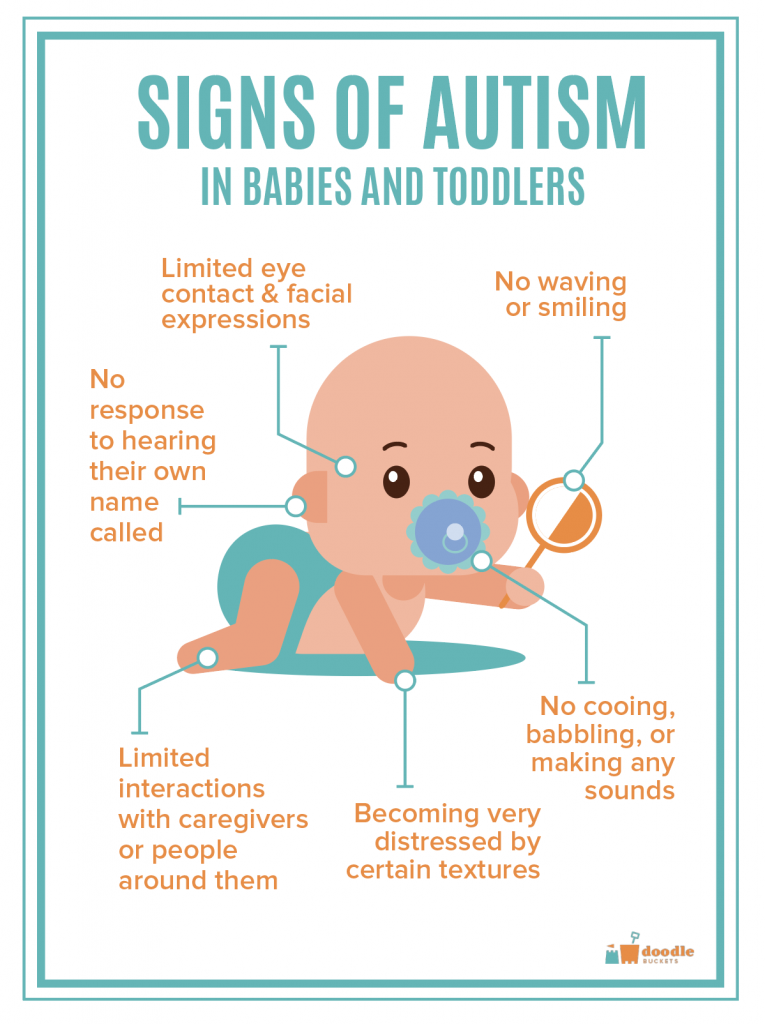 But I'm there and I can hear you. And I'm always ready to hug you."
But I'm there and I can hear you. And I'm always ready to hug you."
If your son yells, “Go away,” say, “You are asking me to leave, but I can't leave you alone with such terrible feelings. I'll just move away."
11. Take Care of Your Safety
Children usually don't want to hurt their parents. But sometimes in this way they achieve understanding and sympathy. When they see that they are listening and accepting their feelings, they stop hitting you and start crying.
If a child hits you, step back. If he continues to attack, take his wrist and say, “I don't want this fist coming towards me. I see how angry you are. You can hit your pillow, but you mustn't hurt me."
12. Don't try to analyze the child's behavior
Sometimes children experience resentments and fears that they cannot put into words. They accumulate and pour out into fits of anger. Sometimes a child just needs to cry.
13. Let the child know that you understand the reason for his anger
Say, "Baby, I understand what you wanted.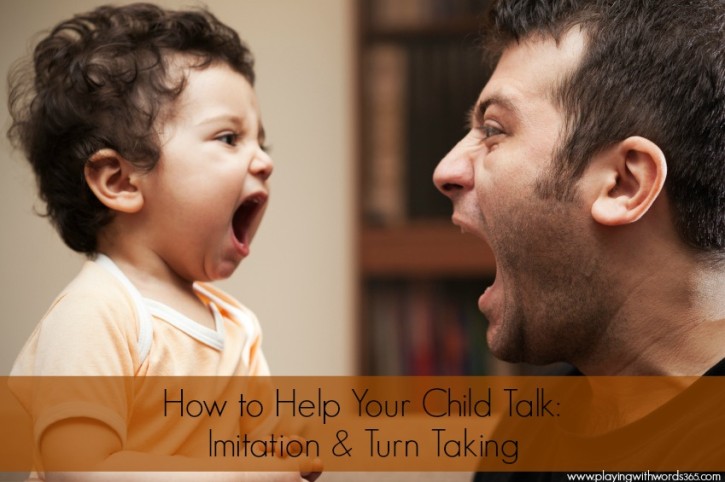 .. I'm sorry it happened." This will help reduce stress.
.. I'm sorry it happened." This will help reduce stress.
14. After the child has calmed down, talk to him
Avoid instructive tone. Talk about feelings: “You were so upset”, “You wanted to, but…”, “Thank you for sharing your feelings with me.”
15. Tell stories
The child already knows that he was wrong. Tell him a story: “When we get angry, as you were angry with your sister, we forget how much we love another person. We think that this person is our enemy. Is it true? Each of us experiences something similar. Sometimes I even want to hit a person. But if you do it, you will regret it later…”
Emotional literacy is a sign of a civilized person. If we want to teach children how to manage anger, we need to start with ourselves.
About the Author: Laura Marham is a psychologist and author of Calm Parents, Happy Children.
Text: Alexandra Galimova Photo Source: Getty Images
New on the site
Vaginal gummies: a gynecologist comments on an unusual novelty
How a midlife crisis manifests itself in women: 4 scenarios and ways to change them
Is it possible to survive without love: scientists and psychologists explain
“I live in fantasy: every day I lock myself in a room and invent unreal stories.



